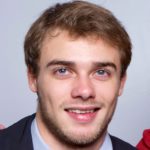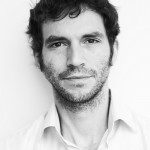Link to Pubmed [PMID] – 38177686
Link to DOI – 10.1038/s41594-023-01178-2
Nat Struct Mol Biol 2024 Jan; ():
Transcription generates local topological and mechanical constraints on the DNA fiber, leading to the generation of supercoiled chromosome domains in bacteria. However, the global impact of transcription on chromosome organization remains elusive, as the scale of genes and operons in bacteria remains well below the resolution of chromosomal contact maps generated using Hi-C (~5-10 kb). Here we combined sub-kb Hi-C contact maps and chromosome engineering to visualize individual transcriptional units. We show that transcriptional units form discrete three-dimensional transcription-induced domains that impose mechanical and topological constraints on their neighboring sequences at larger scales, modifying their localization and dynamics. These results show that transcriptional domains constitute primary building blocks of bacterial chromosome folding and locally impose structural and dynamic constraints.






